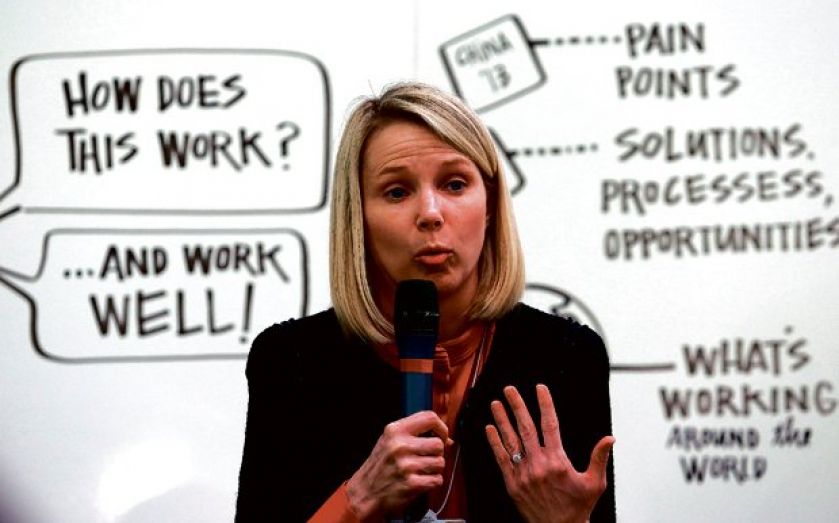Why remote working may be dying

Homeworkers can be just as productive but risk missing out on the corporate culture
UNTIL recently, it looked like remote working was the future. Faster home broadband connections, new services like Skype, and nascent document-sharing technologies raised hopes that the daily office commute would soon be a preserve of the minority. The data backed this up: between 2003 and 2011, the proportion of firms with employees working remotely rose from just over 20 per cent to almost 60 per cent, according to the CBI. And homeworkers accounted for around 13 per cent of the UK workforce in 2011.
But the trend has stagnated, and is even reversing in some sectors. In February 2013, new Yahoo chief executive Marissa Mayer issued an ultimatum to homeworkers – either come into the office or quit. And Google’s chief financial officer Patrick Pichette has said the firm keeps the number of people working from home to “as few as possible”. Why the reversal, and are there still advantages to telecommuting?
KEEPING TABS
“Remote working has some big upsides,” says Andre Spicer of Cass Business School. Its proponents tout the cost savings from cutting down on desk space, getting rid of irrelevant office conversations, to ending the daily commute. According to Spicer, however, increasing numbers of firms are bringing their employees back in-house because of a “nervousness about keeping tabs on their workers.” The 2008 economic crisis and consequent squeeze on corporate profits, according to this theory, bred a risk-aversion to things like homeworking, with managers looking to monitor worker productivity more closely.
But research from Stanford University suggests they needn’t worry. Remote workers in its study were actually 13 per cent more productive, mainly because they took fewer breaks and sick days and had a quieter working environment. So as economic momentum picks up again, and corporate risk taking makes a comeback, are we due a renewed boom in remote working?
FOSTERING CREATIVITY
Possibly not. The recent hostility of tech giants like Google and Yahoo to the practice has little to do with day-by-day productivity. At a conference last year, Mayer admitted that people may be more productive when alone, but said that they are far more collaborative and innovative in an office. “Some of the best ideas come from pulling two different ideas together.” Spicer agrees – “remote employees get cut off from vital social networks – you miss the opportunities for spontaneous knowledge exchange.” The tech giants are betting that instilling a shared corporate culture of openness and creativity will outweigh the costs of desk space and office distractions in the long term.
And structural changes to the labour market could accentuate this. Oxford University researchers last year said that robots are likely to displace many administrative white-collar jobs, shifting workers away from repetitive, automatable tasks where margin depends on productivity. Writing in City A.M., Oxford’s Sean O’Heigeartaigh argued that to find a place in the future labour force, “workers will need to develop broad, creative, problem-solving skills, and social intelligence.” If Mayer and the rest of Silicon Valley are right, such skills are hard to demonstrate remotely.
So the commute looks here to stay. But today’s workers shouldn’t lose heart. Research by the London Business School found that homeworkers received fewer promotions and smaller pay rises. By staying in-house, you should have a headstart.
Remote file sharing
SugarSync
Free
One of the most elegant cloud storage solutions, SugarSync allows you to back-up, access, sync, and share all files and folders including documents, photos, videos and music from any computer or mobile device. Content can be viewed, listened to or streamed without being downloaded, and you can choose to share with the public or select colleagues.